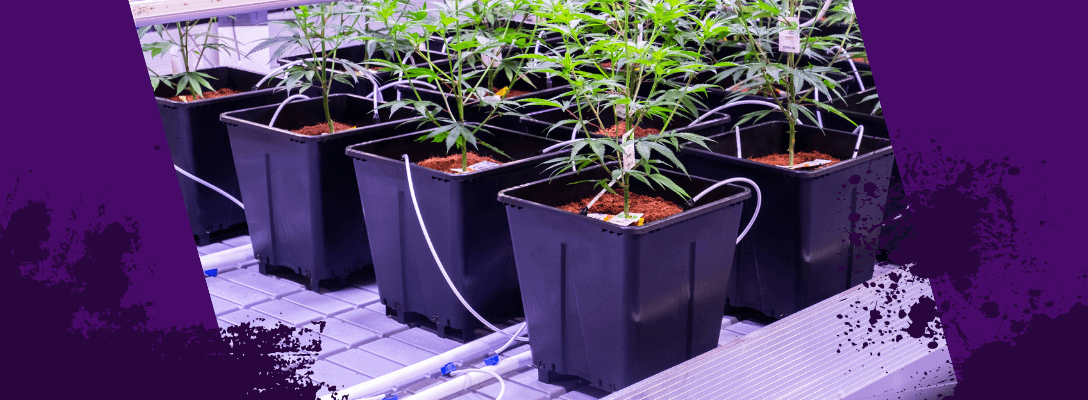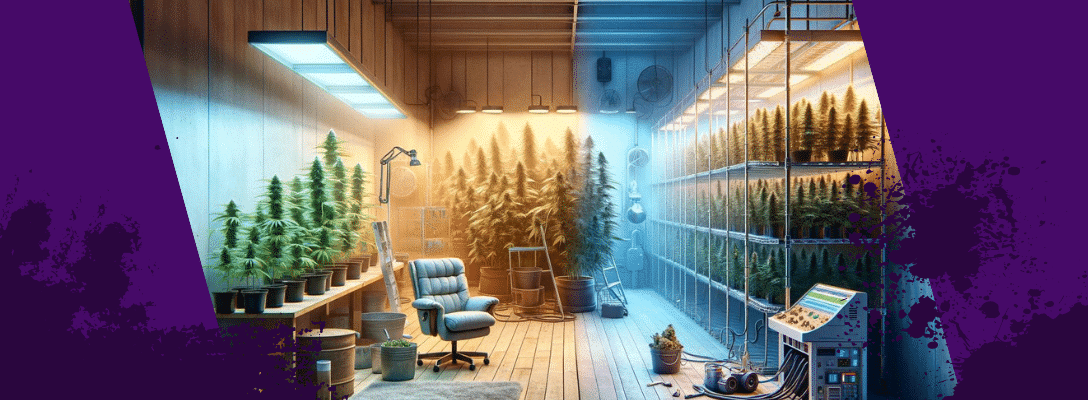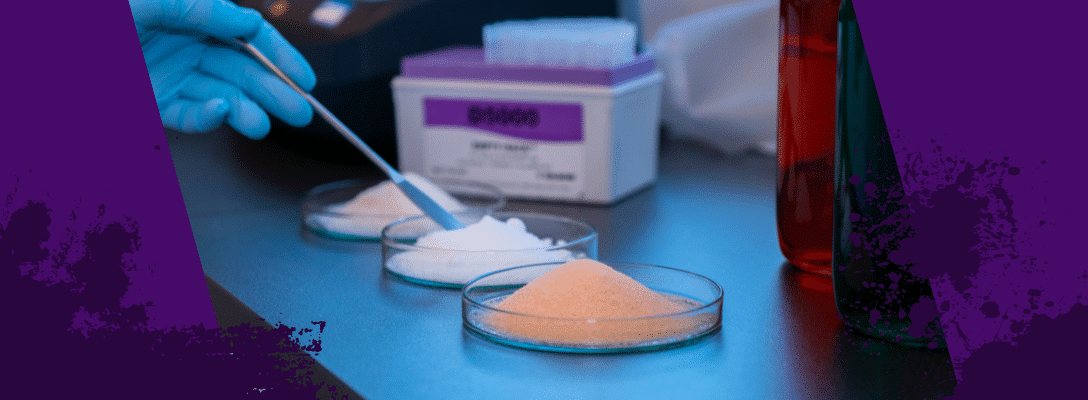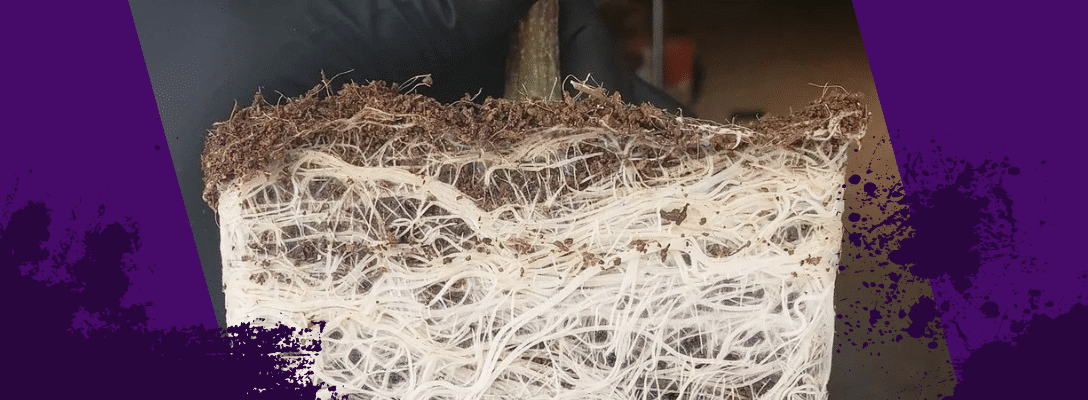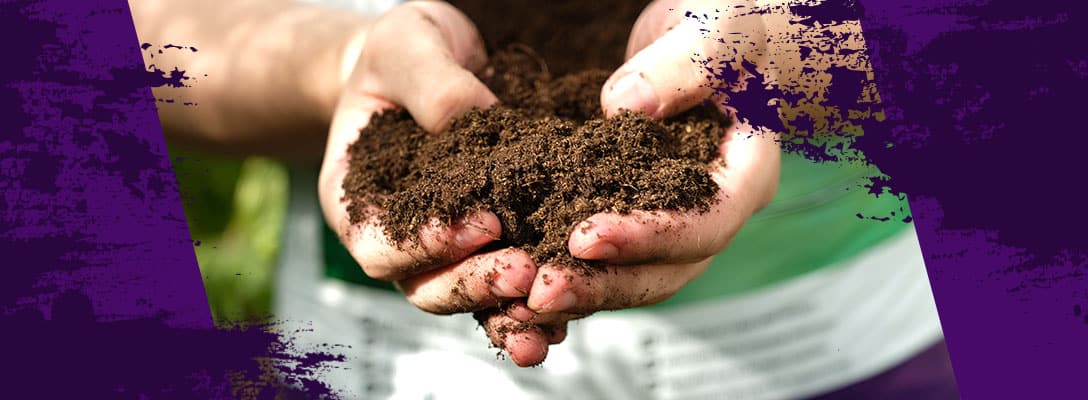Discover the journey of coco coir production from coconut husks to a premium horticultural medium. Learn about the stages of processing, benefits of high-quality coco coir, and how to ensure optimal plant growth with Cocos A & B nutrients. Eco-friendly and effective, coco coir is the sustainable choice for your garden.
What is coco coir?
Coco coir is often utilized as a sustainable and renewable alternative to traditional peat media. It is both eco-friendly and highly effective for plant cultivation. The production process of coco coir involves several stages: harvesting, husking, decorticating, washing, drying, sieving, and packaging. Each stage enhances the quality of the final product, ensuring it is suitable for horticultural applications.
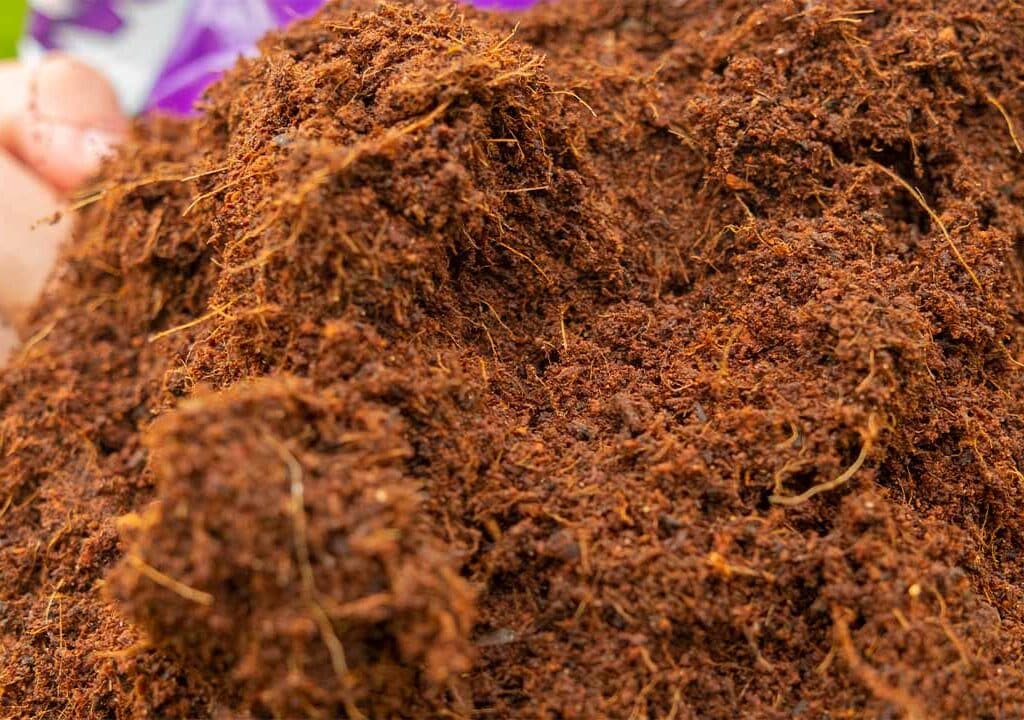
Coco Coir Production Process
Phase 1: Initial Processing (Low-Quality Coco Coir)
- Harvesting: The first step involves harvesting ripe coconuts, which are then collected in baskets or trucks.
- Husking: The outer husk is removed from the coconuts using a large knife or machete. The husks are then left to dry in the sun for several months until they are completely dry and brown.
- Decorticating: Once the husks are dry, the fibers are extracted using a decorticator machine, which separates the fibers from the rest of the husk.
- Washing: After decorticating, the fibres are washed thoroughly to remove any remaining dirt, debris and harmful (sea) salts (natrium and chloride). This is usually done with fresh water, soaking the fibers for several hours to ensure cleanliness.
- Drying: The cleaned fibers are dried either on large drying racks under the sun or, preferably, in special bunkers. Drying in bunkers helps avoid contamination from external factors like acid rain or bird droppings.
- Sieving: After the fibres are completely dry, they are put through a sieve to remove any remaining dust or debris, resulting in a clean, uniform product.
- Packaging: The final step involves compressing the coco coir into blocks or bales and wrapping them in plastic to keep them clean and dry during transport.
Phase 2: Intermediate Processing (Medium-Quality Coco Coir)
After Phase 1, the coco coir still contains harmful salts that make it unsuitable for plant growth. To make it suitable for horticulture, additional steps are required:
Steaming (Not Recommended):
- Process: Steaming coco coir involves heating it to high temperatures to sterilize the material, killing all pathogens, weed seeds, and potentially harmful microorganisms.
- Advantages: The primary advantage of steaming is the elimination of harmful pathogens and weed seeds, ensuring the coco coir is free from bacteria and fungi that could damage plant growth.
- Disadvantages:
- Loss of Beneficial Microorganisms: Steaming kills not only harmful pathogens but also beneficial microorganisms that are important for soil health. This can lead to a reduction in soil fertility and plant growth.
- High Energy Consumption: The steaming process requires significant energy to heat the coir, making it costly and environmentally unfriendly.
- Over-Sterilization: Excessive steaming can lead to over-sterilization, which can result in poor nutrient uptake, reduced plant growth, and pH imbalances.
- Moisture Loss: Steaming causes the coco coir to lose moisture, making it difficult to rehydrate and requiring additional water and time.
- Shorter Shelf Life: The process can reduce the shelf life of coco coir by causing the fibers to break down and become more susceptible to decay
Buffering (Recommended):
- Process: Buffering involves washing the coco coir with a solution of calcium and magnesium to replace naturally occurring harmful salts with these beneficial minerals.
- Advantages:
- Reduces Nutrient Toxicity Risk: High levels of salts in coco coir can cause nutrient toxicity in plants, leading to stunted growth, leaf damage, and potentially death. Buffering helps to reduce salt levels, preventing these issues.
- Improves Plant Growth: By replacing harmful salts with calcium and magnesium, buffering enhances plant growth and yield. These minerals are essential for plant development and help prevent nutrient deficiencies.
- Disadvantages:
- Residual Harmful Salts: Although buffering significantly reduces harmful salts, some may still remain, potentially affecting plant growth. This makes buffered coco coir medium quality compared to fully processed coco coir.

Phase 3: Advanced Processing (High-Quality Coco Coir)
While many brands stop after the buffering process to keep production costs low, achieving truly high-quality coco coir requires an additional step: thoroughly washing out the residual salts released during buffering. This critical phase ensures the coco coir is nearly free of harmful salts, allowing plants to thrive. Here’s what this phase entails:
- Prevention of Nutrient Imbalances: By thoroughly washing the coco coir after buffering, almost all excess minerals and harmful salts are removed. This step is essential to prevent nutrient imbalances in the growing medium, ensuring that the environment is conducive to optimal plant health and growth.
- Elimination of Salt Buildup Risks: A thorough wash post-buffering eliminates the risk of salt buildup in the coco coir. Without this step, excess salts can accumulate over time, leading to nutrient toxicity, which can harm plants. Washing ensures a clean medium that supports healthy root development.
- Enhancement of Plant Growth: With harmful salts removed, the coco coir can maintain balanced nutrient levels, significantly improving plant growth and yield. This step ensures that plants have access to the essential nutrients they need, fostering robust and vigorous growth.
This additional washing step distinguishes high-quality coco coir from lower-quality alternatives. By investing in this extra phase, you ensure your plants have the best possible growing conditions, leading to better overall health and productivity.
Highlighting Our Coco coir
Our cocos premium is top-quality, thanks to its thorough three-phase process. It starts with harvesting and cleaning, followed by buffering with calcium and magnesium to replace harmful salts. Finally, extensive washing removes residual salts, ensuring balanced nutrients.
This results in a 99.9% pure, RHP certified substrate, promoting optimal nutrient uptake and vigorous plant growth, making it the perfect growing medium for your plants.
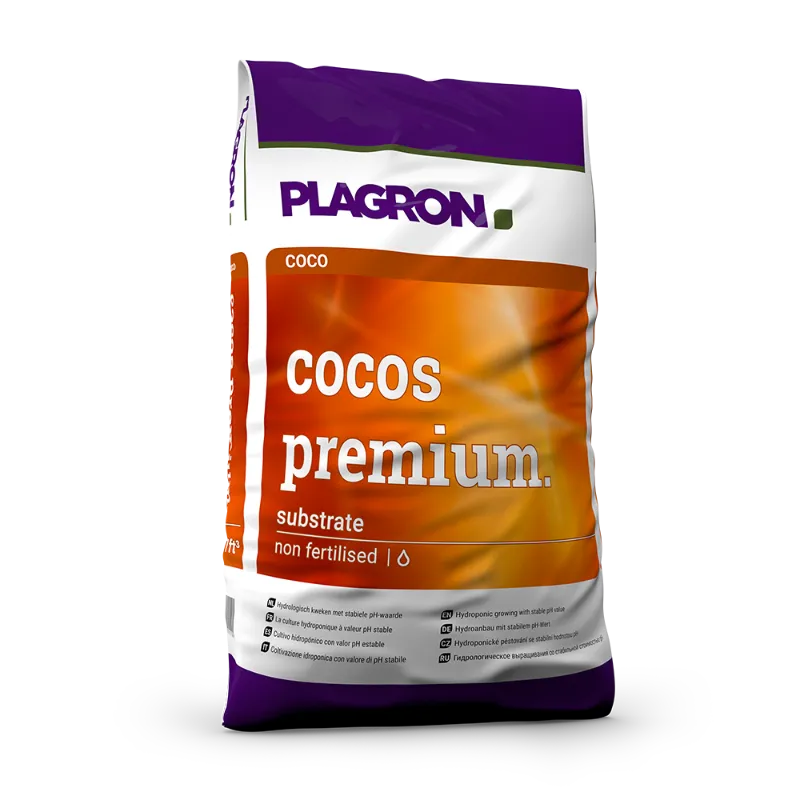
Cocos Premium
• Completely buffered
• Stable pH value
• Guaranteed low EC value
• RHP certified
• Nutrient imbalance proof
........
Don’t Just Take Our Word for It – Hear It from a Grower
We’re excited to share a testimonial from Crooked Jaw Farm, a dedicated team providing top-quality, clean, and affordable medicinal cannabis to patients and retail stores in Maine. They’ve been using our Cocos Substrate and have shared their positive experience with us. Here’s their review.
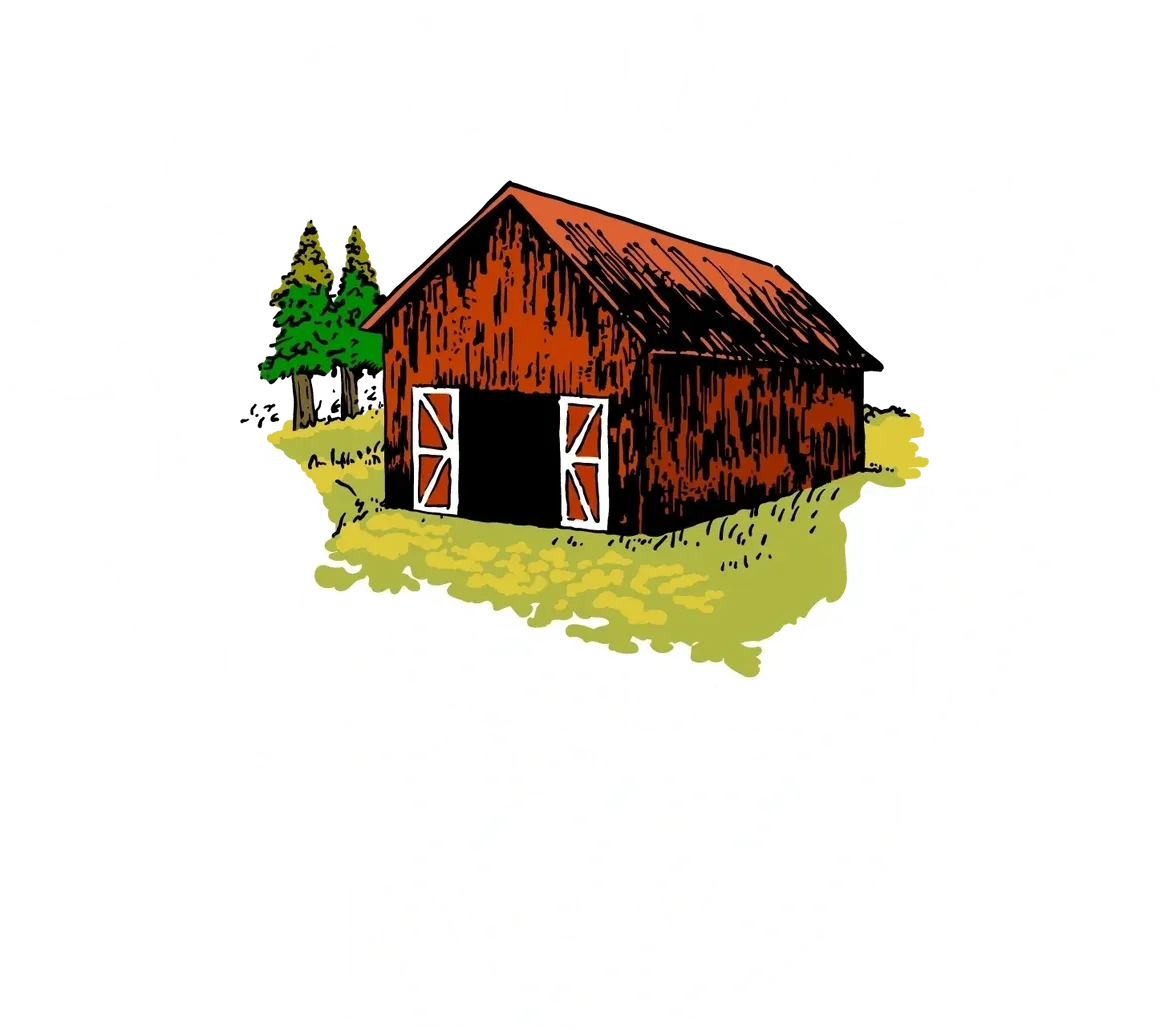
Conclusion
Our high-quality coco coir is 99.9% free of harmful salts, but plants still need beneficial salts to thrive. Before planting, water your coco coir with Cocos A & B solution to ensure optimal salt and nutrient levels, promoting vigorous growth and flowering.


